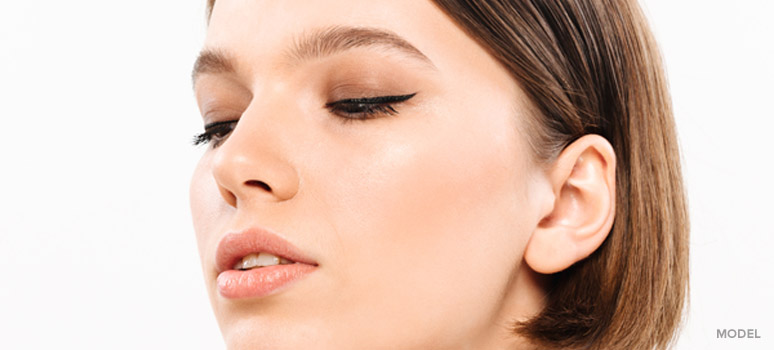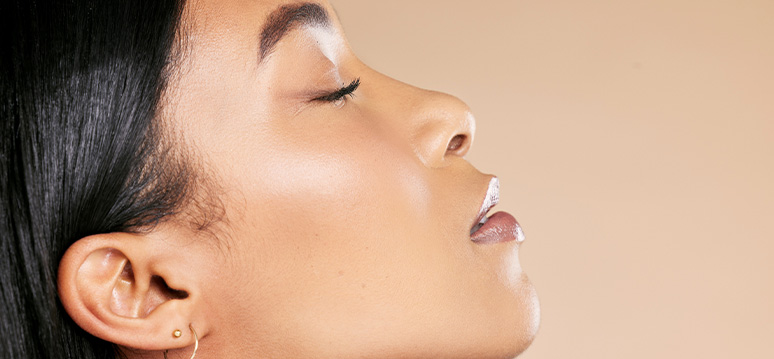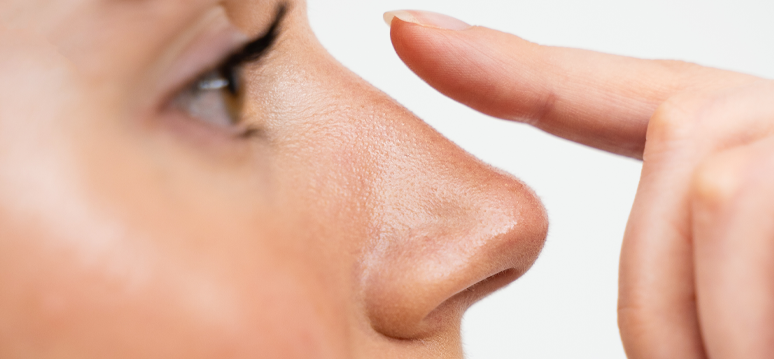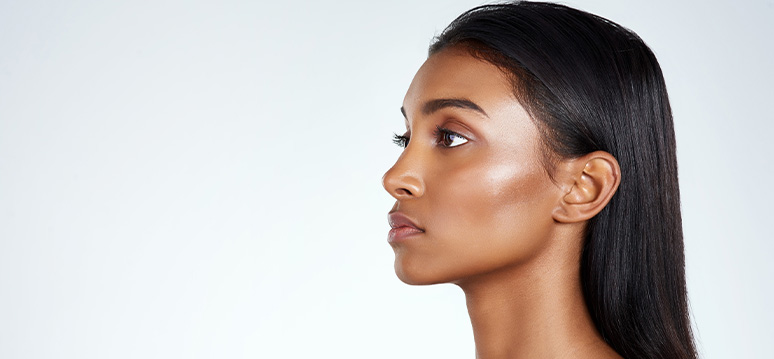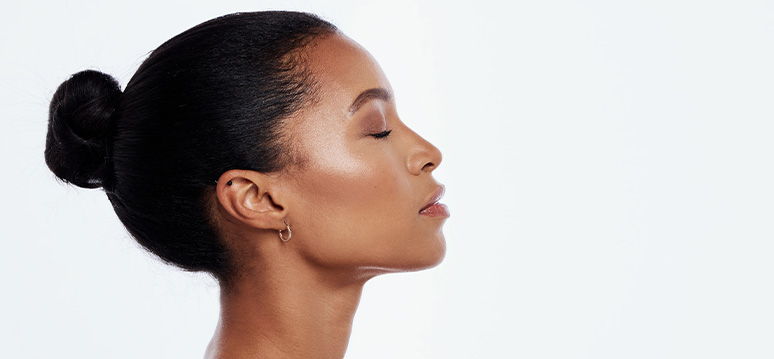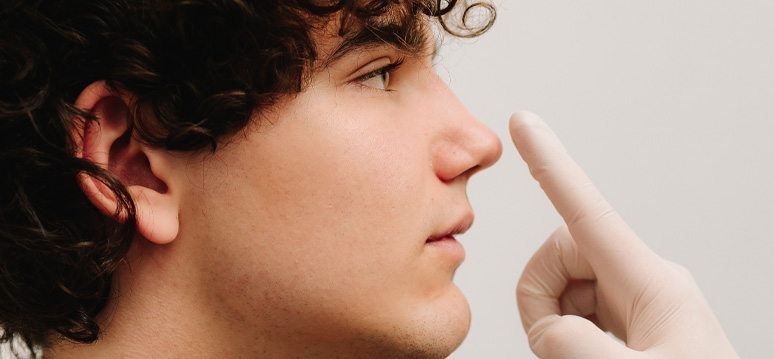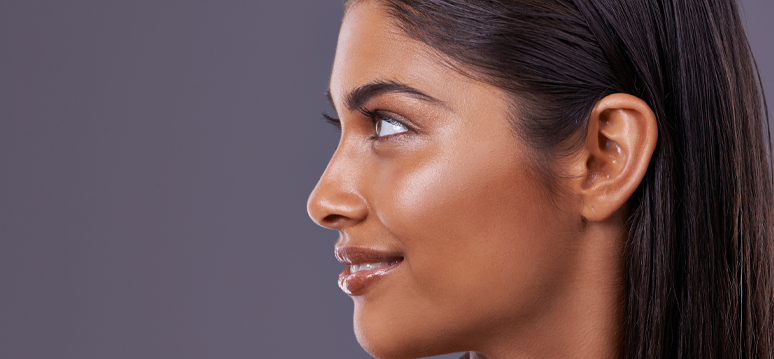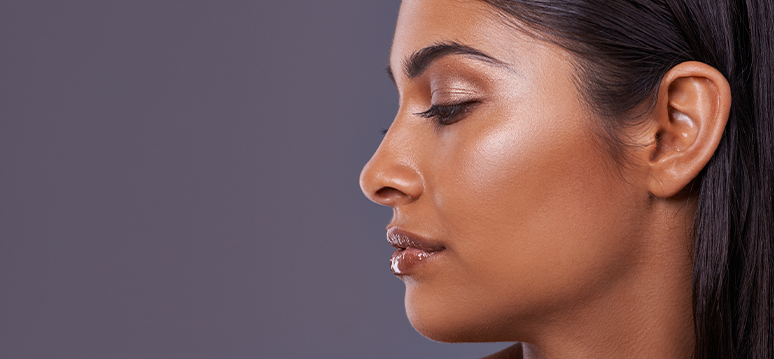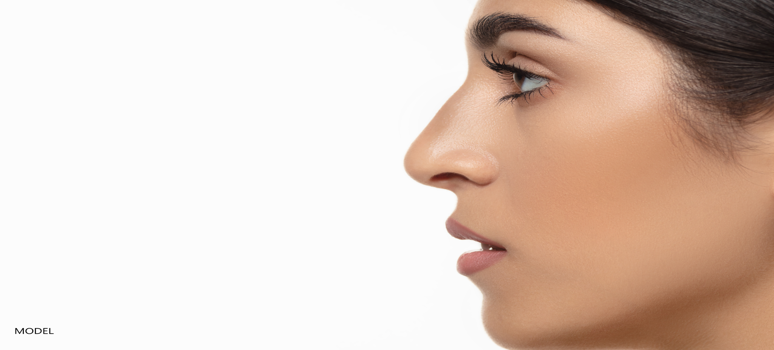Rhinoplasty, commonly known as a nose job, is one of the most sought-after cosmetic procedures globally. It enhances the nose’s appearance and overall facial harmony. It can address various aesthetic concerns, including a crooked or misshapen nose, a wide bridge, or a bulbous tip. The procedure not only improves physical appearance but also boosts self-confidence and self-esteem.
However, rhinoplasty requires a recovery process that can last several weeks to months. At Memorial Plastic Surgery, we pride ourselves on offering top-notch care and guidance for patients during their recovery journey. Understanding nose job healing process and what to expect, especially 3 weeks post-surgery, can greatly aid in ensuring a smooth healing process.
Initial Healing Phase: The First 72 Hours
In the first 72 hours after a rhinoplasty, patients can expect some swelling, bruising, and varying levels of discomfort. It’s during this phase that the body starts its natural healing process. Prescribed pain medication can help alleviate these initial symptoms.
Gradual Changes: Week 1 to Week 2
From the end of the first week to the second week, the acute signs of surgery like bruises and significant swelling start to diminish. Most patients find that they can resume some of their everyday activities, albeit with caution. However, heavy physical activities should still be avoided.
3 Weeks Post-Rhinoplasty: What to Expect
At the three-week mark, patients can expect some improvement in their overall recovery process. The swelling and bruising around the nose and eyes should start to subside, and patients may feel more comfortable breathing through their nose.
- Subsiding Swelling
At the 3-week mark, about 70% of the swelling would have subsided. It’s essential to note that the remaining swelling may take several months to completely dissipate. However, the noticeable changes in the nose’s shape and structure become more evident by this time.
- Improved Breathing
For those who underwent rhinoplasty for functional reasons, the improvements in breathing become increasingly noticeable. The internal structures would have started settling in, allowing for better airflow.
- Return to Regular Activities
While patients can often resume most of their regular activities, we at Memorial Plastic Surgery advise against heavy lifting or rigorous workouts until after the 4-week mark.
- Skin Sensitivity
The skin around the nose might still be sensitive or numb. This is a normal part of the healing process. It’s recommended to continue moisturizing and avoiding direct sun exposure, as this can darken scars or increase swelling.
- Scar Maturation
For patients who had an open rhinoplasty, the scar under the nose (columellar incision) becomes less red and starts blending with the surrounding skin.
Continued Care and Monitoring
Although rare, there are some potential complications or risks associated with rhinoplasty that patients should be aware of. These include infection, bleeding, adverse reaction to anesthesia, and poor wound healing.
Post-operative appointments are crucial during this period. These appointments allow us to monitor the healing process, address any concerns, and provide guidance on care. Patients should also be aware that the final results of a rhinoplasty might take up to a year or even more, as the nose continues to refine and settle into its new shape.
Three weeks after rhinoplasty is a significant milestone in the recovery process. While the journey to the final result is still underway, the changes and improvements become more tangible. At Memorial Plastic Surgery, we are dedicated to ensuring that our patients have a clear understanding and the best care during their post-operative journey. Contact us today for that ideal proper care, adherence to guidelines, and patience, towards the journey to a newly refined nose.


